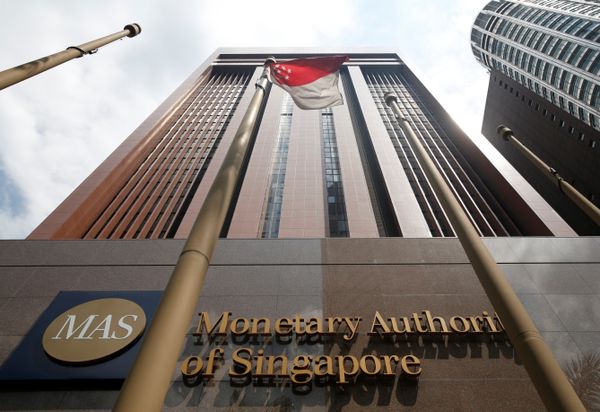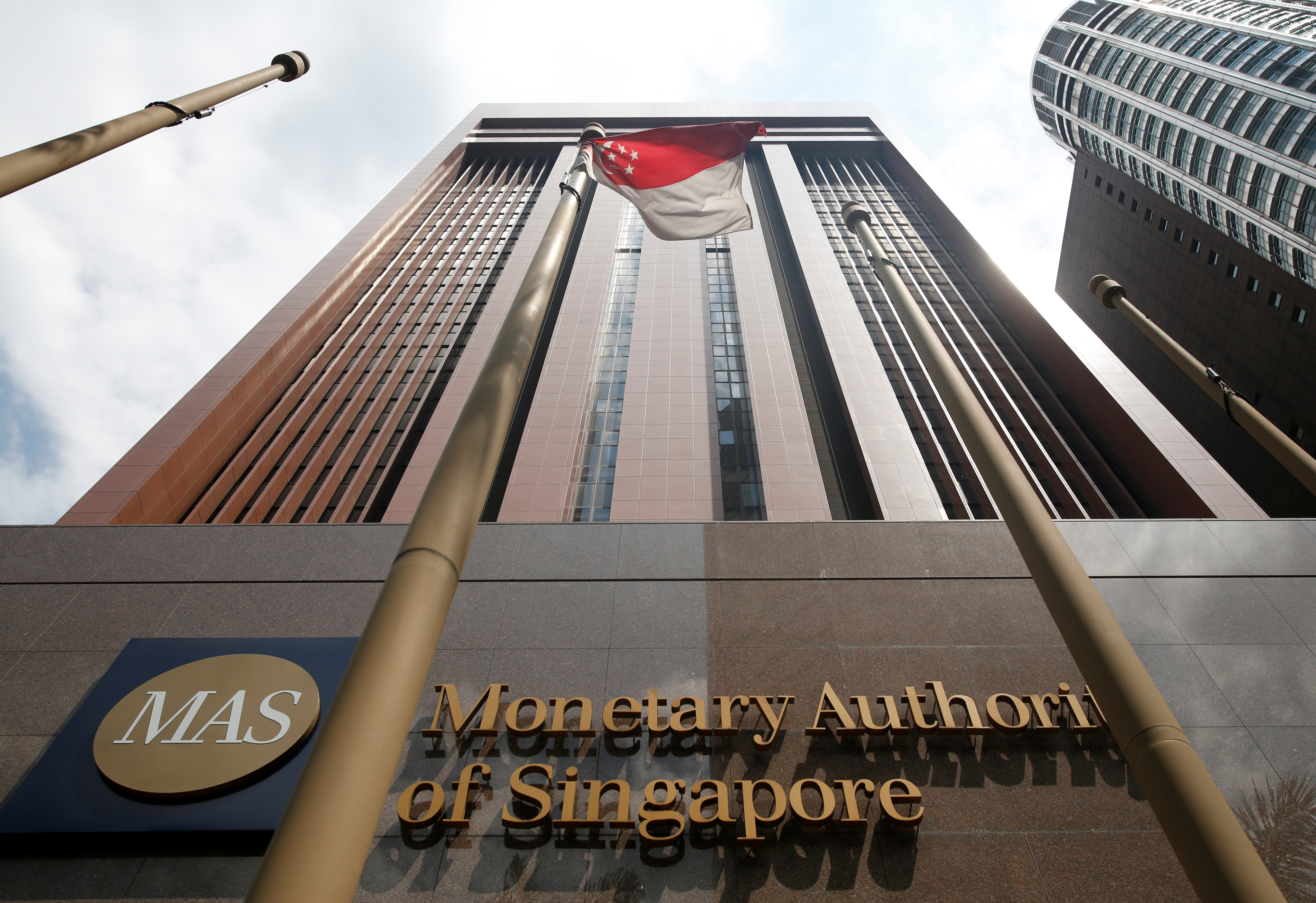SINGAPORE, Oct 14 — Singapore’s central bank kept its monetary policy settings unchanged today, as expected, as growth in the city-state remained resilient despite challenges from United States tariffs.
Ten of 14 analysts polled by Reuters ahead of the review expected the Monetary Authority of Singapore (MAS) to keep policy settings unchanged, while the other four expected an easing.
The MAS said it will maintain the prevailing rate of appreciation of its exchange rate-based policy band. There would be no change to the width of the band or the level on which it is centred.
“Singapore’s economic growth has turned out stronger than expected and the output gap will remain positive in 2025 and come in around 0 per cent next year,” the central bank said in a statement.
OCBC economist Selena Ling said the headwinds from US President Donald Trump’s sweeping tariffs were not as bad as previously feared.
“Tariff concerns, while lingering, have subsided slightly since April’s ‘liberation day’,” Ling said. “Front loading has gone on longer, tariffs have come down from April levels, the US economy has been a bit more resilient despite the slowdown.”
At its last review in July, the MAS held policy steady, after easing its reviews in April and January.
The decision came as preliminary government data today showed the economy doing better than expected, growing 2.9 per cent in the third quarter from a year earlier and better than expectations of 1.9 per cent.
The MAS said the trade ministry would announce growth forecasts for 2025 and 2026 next month.
OCBC’s Ling expects the economy to post growth of 3 per cent this year, “even if Q4 growth moderates to below 1 per cent year-on-year”.
Maybank economist Chua Hak Bin was more optimistic, expecting the gross domestic product (GDP) to come in closer to 3.5 per cent, higher than his “already bullish GDP forecast of 3.2 per cent for the year”.
Singapore’s exports to the US are subject to a 10 per cent baseline tariff. That is lower than tariffs imposed on its Southeast Asian neighbours, but sectoral tariffs — such as a 100 per cent tariff on branded drugs — are a concern.
In August, the government upgraded its GDP growth forecast for 2025 to 1.5 per cent to 2.5 per cent from 0 per cent to 2 per cent after a better-than-expected first-half performance.
Instead of using interest rates, Singapore manages monetary policy by letting the local dollar rise or fall against the currencies of its main trading partners within an undisclosed trading band, known as the Singapore dollar nominal effective exchange rate, or S$NEER.
It adjusts policy via three levers: the slope, mid-point and width of the policy band.


